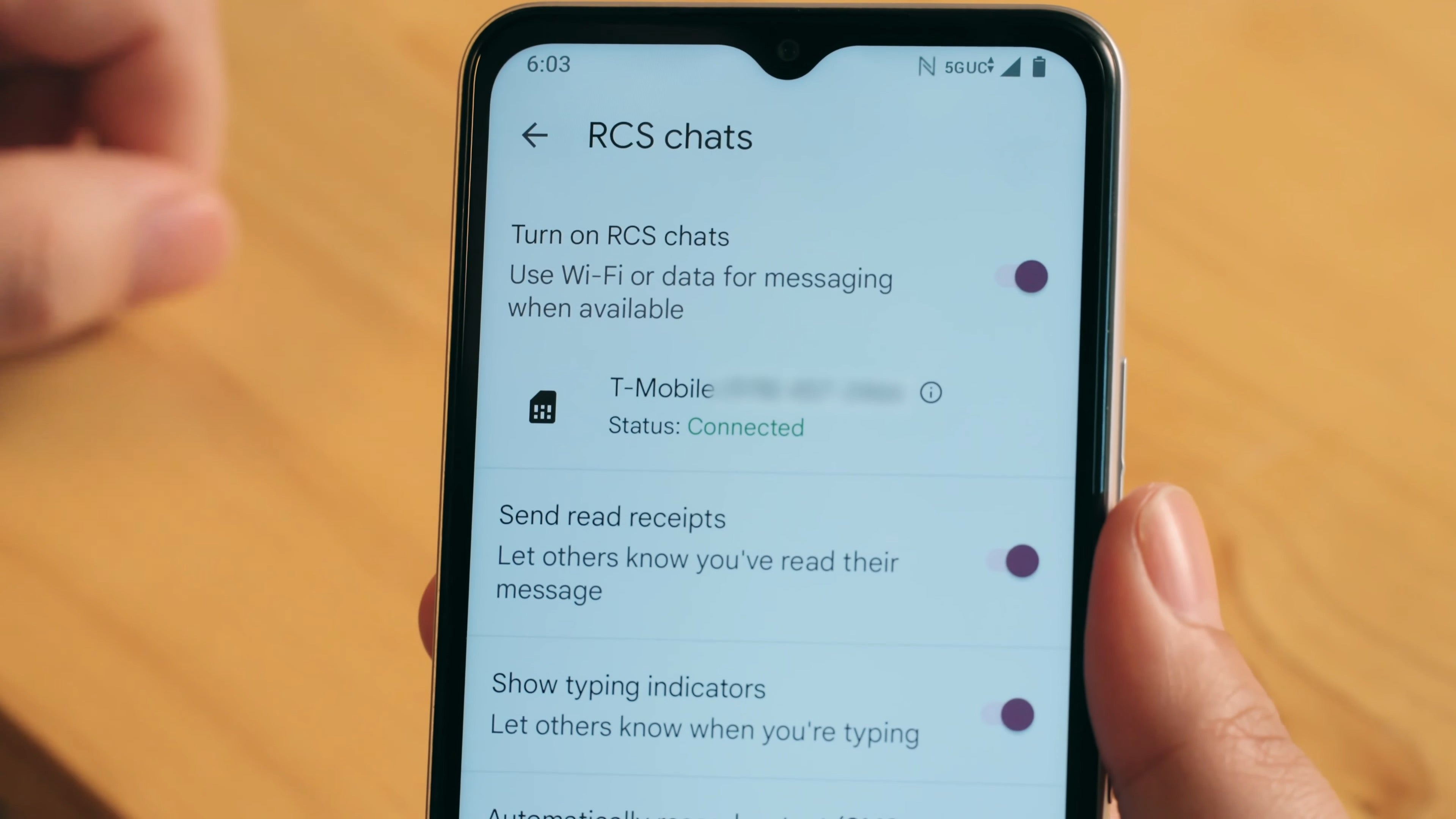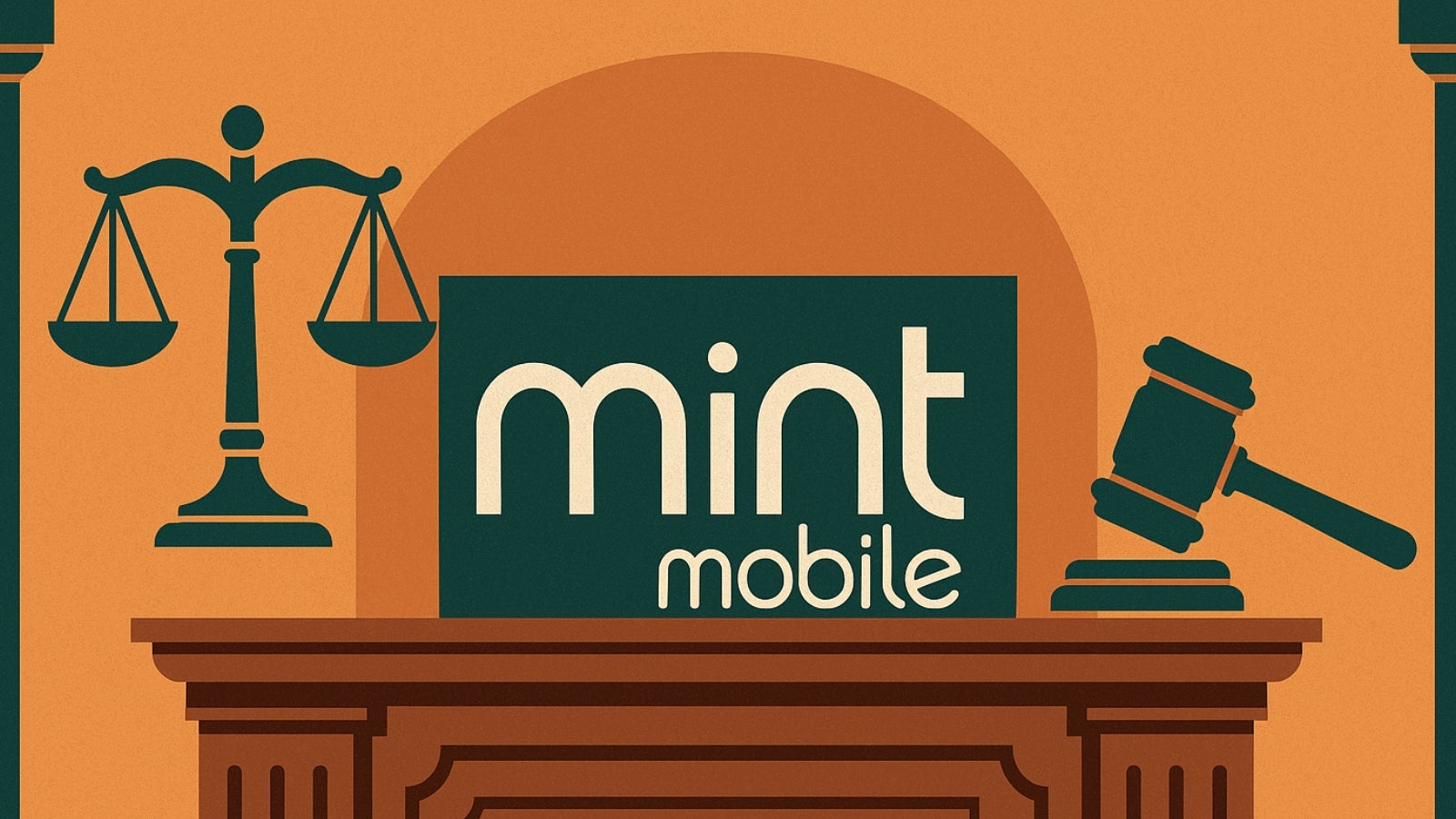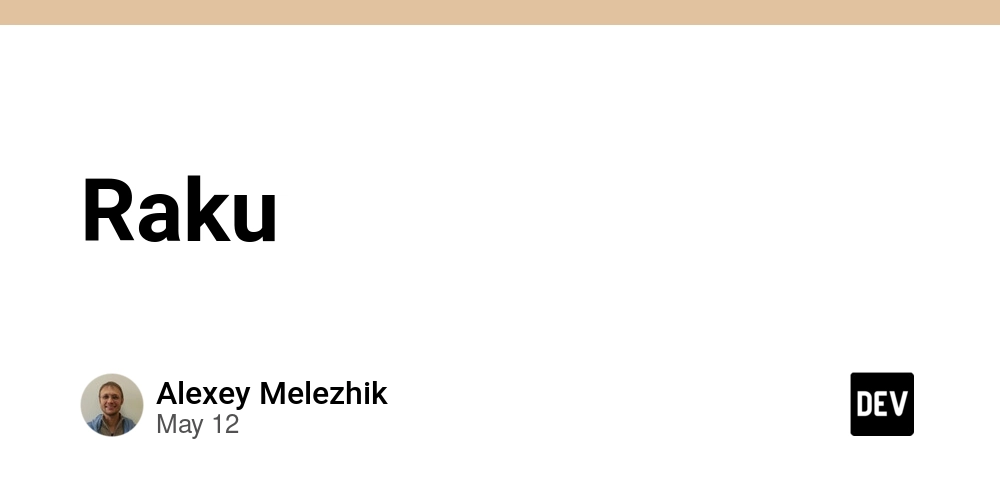Unveiling European Union Public Licence 1.1: A Comprehensive Overview and Future Outlook
Abstract: This post offers an in-depth exploration of the European Union Public Licence 1.1 (EUPL 1.1). We navigate its background, evolution, core features, applications, and the challenges it faces in the wider open source and fair code ecosystems. Designed for developers, legal experts, and technology enthusiasts, this article helps readers understand the role of EUPL 1.1 in safeguarding intellectual property while ensuring fairness and compensation for contributors. The post also provides practical examples, future outlooks, and valuable resources—including direct links to comprehensive summaries and authoritative references—to support a technical yet accessible understanding of open source licensing today. Introduction In an era where open source software and fair code licensing are driving digital transformation, understanding the legal frameworks that underpin these innovative models is crucial. The European Union Public Licence 1.1 (EUPL 1.1) is an influential licensing model designed to protect intellectual property while ensuring fair compensation and developer recognition. This blog post provides a holistic view of EUPL 1.1 by discussing its background, core concepts, practical applications, and emerging challenges. Whether you are a software developer, legal advisor, or an enthusiast keen to understand the modern open source ecosystem, this article will serve as a comprehensive guide. Background and Context EUPL 1.1 was developed as a response to the demands of a rapidly evolving digital landscape that required a balance between uncompromising legal robustness and the flexibility needed by open source projects. Historically, mainstream licenses like the MIT License and GNU GPL played substantial roles in shaping the open source movement. However, criticisms emerged regarding their inability to address fair compensation for developers, leading to the innovation of fair code and open source licensing models. The development of EUPL 1.1 was a collaborative effort involving European legal experts, open source advocates, and technology pioneers. Its goal was to provide a transparent legal framework that embraces both the spirit of open collaboration and the necessity of protecting contributions from exploitation. For an official review of the license text and further legal details, readers can refer to the Official EUPL Text. The ecosystem around EUPL 1.1 also includes critical discussions of fair code principles. Detailed explorations of these concepts are available on platforms like Fair Source Software and lively discussions on policy forums such as Hacker News. Core Concepts and Features EUPL 1.1 is built on several core concepts designed to ensure fairness and legal clarity: Transparency and Fairness: EUPL 1.1 sets forth clear guidelines on how software can be used, modified, and redistributed. Its copyleft provisions ensure that all derivative works remain open, thereby protecting the interests of developers. Developer Compensation and Fair Code: Although the license does not explicitly enforce monetization, its design aims to prevent scenarios where contributors’ work is exploited without adequate recognition or compensation. This focus on fairness differentiates it from more permissive licenses, such as the MIT License. Legal Robustness with Flexibility: The license is carefully balanced to meet the demands of both governmental projects and commercial ventures. It offers a framework that encourages innovation while maintaining rigorous standards to avert misuse or unfair remixes. Regional Compatibility: Developed with European legal standards in mind, EUPL 1.1 has been crafted to be compatible with various international legal systems—making it a standout tool for projects operating in regulated areas such as data privacy and public service. Comparison Table of EUPL 1.1 and Related Licenses Below is a simplified table comparing key features of EUPL 1.1 with other well-known licenses: License Copyleft/Permissive Developer Protection Dual Licensing Fair Code Focus EUPL 1.1 Strong Copyleft High – prevents exploitation Possible with legal complexity Emphasizes fairness and transparency MIT License Permissive Low – minimal obligations Flexible Less emphasis on developer compensation GNU GPL v3 Strong Copyleft High – ensures derivative works remain free Generally discourages dual licensing Focus on freedom and reciprocity OCTL (Open Compensation Token License) Hybrid (mix of permissive and fair) Explicit blockchain-based compensation Supports dual licensing Integrates compensation mechanisms directly Note: For further comparative analysis and in-depth details, see discussions on OSI Licenses and insights available in the GitHub License Usage Overview. Applications and Use Cases EUPL 1.1 has been adopted by various projects across public, academic, and commercial sectors. Some practical use cases where the
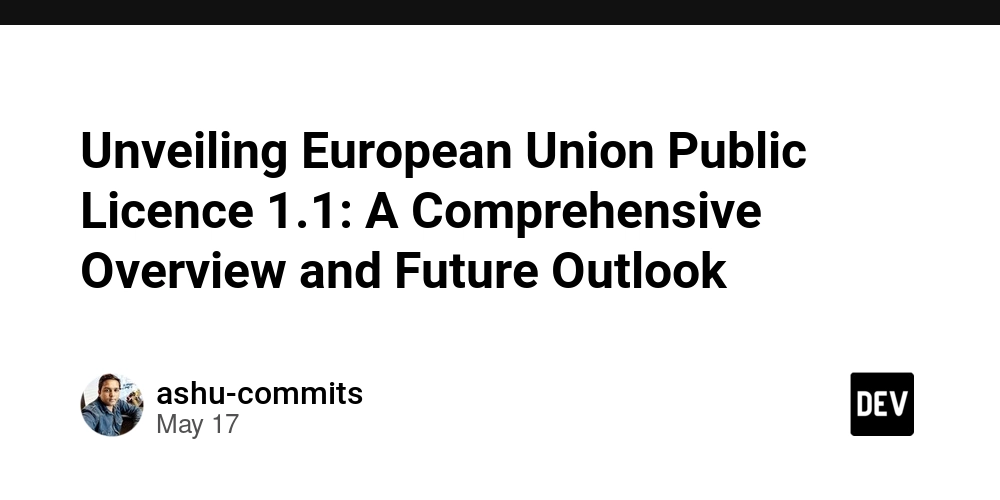
Abstract:
This post offers an in-depth exploration of the European Union Public Licence 1.1 (EUPL 1.1). We navigate its background, evolution, core features, applications, and the challenges it faces in the wider open source and fair code ecosystems. Designed for developers, legal experts, and technology enthusiasts, this article helps readers understand the role of EUPL 1.1 in safeguarding intellectual property while ensuring fairness and compensation for contributors. The post also provides practical examples, future outlooks, and valuable resources—including direct links to comprehensive summaries and authoritative references—to support a technical yet accessible understanding of open source licensing today.
Introduction
In an era where open source software and fair code licensing are driving digital transformation, understanding the legal frameworks that underpin these innovative models is crucial. The European Union Public Licence 1.1 (EUPL 1.1) is an influential licensing model designed to protect intellectual property while ensuring fair compensation and developer recognition. This blog post provides a holistic view of EUPL 1.1 by discussing its background, core concepts, practical applications, and emerging challenges. Whether you are a software developer, legal advisor, or an enthusiast keen to understand the modern open source ecosystem, this article will serve as a comprehensive guide.
Background and Context
EUPL 1.1 was developed as a response to the demands of a rapidly evolving digital landscape that required a balance between uncompromising legal robustness and the flexibility needed by open source projects. Historically, mainstream licenses like the MIT License and GNU GPL played substantial roles in shaping the open source movement. However, criticisms emerged regarding their inability to address fair compensation for developers, leading to the innovation of fair code and open source licensing models.
The development of EUPL 1.1 was a collaborative effort involving European legal experts, open source advocates, and technology pioneers. Its goal was to provide a transparent legal framework that embraces both the spirit of open collaboration and the necessity of protecting contributions from exploitation. For an official review of the license text and further legal details, readers can refer to the Official EUPL Text.
The ecosystem around EUPL 1.1 also includes critical discussions of fair code principles. Detailed explorations of these concepts are available on platforms like Fair Source Software and lively discussions on policy forums such as Hacker News.
Core Concepts and Features
EUPL 1.1 is built on several core concepts designed to ensure fairness and legal clarity:
Transparency and Fairness:
EUPL 1.1 sets forth clear guidelines on how software can be used, modified, and redistributed. Its copyleft provisions ensure that all derivative works remain open, thereby protecting the interests of developers.Developer Compensation and Fair Code:
Although the license does not explicitly enforce monetization, its design aims to prevent scenarios where contributors’ work is exploited without adequate recognition or compensation. This focus on fairness differentiates it from more permissive licenses, such as the MIT License.Legal Robustness with Flexibility:
The license is carefully balanced to meet the demands of both governmental projects and commercial ventures. It offers a framework that encourages innovation while maintaining rigorous standards to avert misuse or unfair remixes.Regional Compatibility:
Developed with European legal standards in mind, EUPL 1.1 has been crafted to be compatible with various international legal systems—making it a standout tool for projects operating in regulated areas such as data privacy and public service.
Comparison Table of EUPL 1.1 and Related Licenses
Below is a simplified table comparing key features of EUPL 1.1 with other well-known licenses:
| License | Copyleft/Permissive | Developer Protection | Dual Licensing | Fair Code Focus |
|---|---|---|---|---|
| EUPL 1.1 | Strong Copyleft | High – prevents exploitation | Possible with legal complexity | Emphasizes fairness and transparency |
| MIT License | Permissive | Low – minimal obligations | Flexible | Less emphasis on developer compensation |
| GNU GPL v3 | Strong Copyleft | High – ensures derivative works remain free | Generally discourages dual licensing | Focus on freedom and reciprocity |
| OCTL (Open Compensation Token License) | Hybrid (mix of permissive and fair) | Explicit blockchain-based compensation | Supports dual licensing | Integrates compensation mechanisms directly |
Note: For further comparative analysis and in-depth details, see discussions on OSI Licenses and insights available in the GitHub License Usage Overview.
Applications and Use Cases
EUPL 1.1 has been adopted by various projects across public, academic, and commercial sectors. Some practical use cases where the license demonstrates its value include:
Government and Public Service Projects:
European public digital initiatives use EUPL 1.1 to ensure transparency while safeguarding intellectual property rights. These projects benefit from a legal framework that is fully aligned with European Union directives on digital rights and data privacy.Academic Collaborations:
Universities and research institutions frequently embrace EUPL 1.1 to facilitate collaboration on shared software projects. Its clear terms on derivative works help maintain an environment where innovations can be shared responsibly without compromising legal integrity.Enterprise-Level Software:
In situations where commercial interests intersect with open source innovation, businesses adopt EUPL 1.1 as a strategy to maintain open collaboration without losing proprietary advantages. Its dual licensing compatibility allows for commercial adaptations provided that profit-sharing and fair compensation principles are observed.
To see how open source licensing interfaces with modern technology trends, consider insights from Understanding Blockchain: The Mechanics Behind the Revolution and Blockchain and Cybersecurity: Unlocking the Future of Secure Digital Interactions.
Challenges and Limitations
No licensing model is without its challenges. Despite its strong legal foundation, EUPL 1.1 faces some limitations:
Complex Legal Constructs:
The rigorous nature of the license can sometimes introduce barriers for projects with limited legal resources. Smaller developers may struggle to navigate the dual licensing provisions and complex compliance requirements.Compatibility Issues:
While EUPL 1.1 is designed to ensure openness, integrating it with more permissive licenses (e.g., MIT) can sometimes raise legal uncertainties. Discussions on platforms such as Stack Overflow illustrate that mismatches between copyleft and permissive terms may hinder seamless project collaborations.Enforcement Challenges:
In cases of large-scale exploitation or ambiguity—particularly when contributions are made anonymously or without a proper Contributor License Agreement (CLA)—the practical enforcement of EUPL 1.1 can be complex. Consistent community oversight and legal action are required to keep its preventive measures effective.Barrier to Commercial Adaptation:
The strong copyleft provisions, while protecting fairness, may deter some commercial entities that prefer the flexibility of permissive licenses. Critics argue that this rigidity might constrain innovation in contexts where rapid adaptation is crucial.
Future Outlook and Innovations
Looking ahead, the evolution of EUPL 1.1 is closely tied to trends in open source funding and technological advancements:
Potential Revisions and Updates:
While EUPL 1.1 has remained stable over time, community discussions and evolving legal landscapes may motivate future revisions. This could potentially address compatibility concerns and reduce the legal complexity associated with dual licensing.Integration with Blockchain Solutions:
Emerging licensing models like the Open Compensation Token License (OCTL) incorporate blockchain-based mechanisms to ensure fair developer compensation. Such innovations could inspire updates or complementary tools that work alongside EUPL 1.1 to provide automated enforcement and transparent record-keeping.Enhanced Community Governance:
With the growing importance of community-driven development, platforms are exploring new methods for managing contributor verification and ensuring compliance. For instance, blockchain transparency tools have the potential to reinforce CLA practices and secure project contributions. Engaging robust community frameworks may mitigate many enforcement challenges.Interoperability and Dual Licensing Support:
Given the tension between open and proprietary software models, future trends suggest an increased focus on licenses that can effortlessly bridge such gaps. EUPL 1.1 is well-positioned to evolve by offering better dual licensing arrangements while ensuring that open source projects retain their core values.
Additional insights into the future of open source licensing and evolving trends can be found in articles such as Exploring the Metaverse, Decentraland’s Smart Contracts and Open Source Revolution.
Summary
To summarize, the European Union Public Licence 1.1 is a landmark licensing model designed for an era that demands transparency, fairness, and legal rigor. Its structured approach to safeguarding open source development emphasizes the need for both strong copyleft provisions and balanced protection against exploitation.
Key takeaways include:
- A Clear Legal Framework: EUPL 1.1 is built to maintain developer rights and protect derivative works.
- Focus on Fair Code: The license embeds fairness into its core, ensuring that contributions are not exploited without proper recognition.
- Diverse Applications: From government projects to academic research and commercial ventures, its application spans multiple sectors.
- Challenges to Address: Despite its strengths, the license faces challenges such as legal complexity, compatibility concerns, and enforcement issues.
- A Promising Future: Future updates may integrate modern technologies like blockchain for better compensation models and streamlined compliance.
The evolving landscape of open source and fair code licensing continues to shape how software is developed and governed. By staying informed on developments such as these (refer to resources like OSI Licenses and community discussions on Twitter by FSF), developers and stakeholders can ensure that their projects remain both innovative and legally secure.
For a detailed European Union Public Licence 1.1 summary, check out this comprehensive Original Article.
Additional Resources and Further Reading
For readers interested in further exploration of licensing models and emerging trends in the open source ecosystem, consider the following resources:
Official Documentation and Legal Texts:
European Union Public Licence 1.1 Text
Fair Source Software LicensingIndustry Analyses and Case Studies:
GitHub Open Source Licensing Landscape
Understanding Blockchain: The Mechanics Behind the RevolutionCommunity Discussions and Expert Opinions:
Hacker News Licensing Discussions
Stack Overflow Q&A on License ChoicesOpen Source Funding and Developer Compensation:
OCTL – Open Compensation Token LicenseRelated Dev.to Articles for Broader Context:
Blockchain and Cybersecurity: Unlocking the Future of Secure Digital Interactions
Exploring Open Source Funding for Educational Resources and Blockchain-Based Project Funding
Conclusion
EUPL 1.1 continues to be a significant force in shaping today’s open source and fair code landscapes. Its comprehensive approach to protecting developers while fostering transparency has garnered respect across industries and communities. As the world of software development evolves with emerging challenges and innovative solutions, the role of licenses like EUPL 1.1 will undoubtedly adapt and expand.
By understanding its core features, applications, and limitations, stakeholders are better prepared to leverage EUPL 1.1 for sustainable and responsible software development. With continued dialogue and technological innovation—such as incorporating blockchain for enhanced compliance—the future for fair and transparent licensing remains vibrant.
Whether you are adopting the license for a government-backed project, a collaborative academic initiative, or a cutting-edge commercial application, EUPL 1.1 serves as a robust foundation to ensure that your work remains ethical, transparent, and legally protected.
Happy coding, and may your projects thrive under fair and open licensing frameworks!
Keywords: European Union Public Licence 1.1, open source, fair code, developer compensation, open source licensing, dual licensing, legal framework, cryptocurrency, blockchain, fair source software











































































































































































![[The AI Show Episode 146]: Rise of “AI-First” Companies, AI Job Disruption, GPT-4o Update Gets Rolled Back, How Big Consulting Firms Use AI, and Meta AI App](https://www.marketingaiinstitute.com/hubfs/ep%20146%20cover.png)














































































































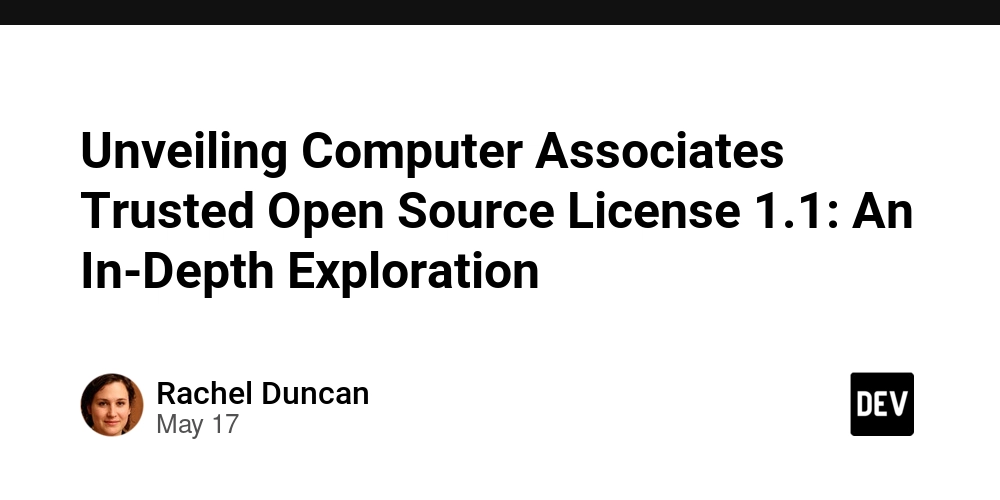

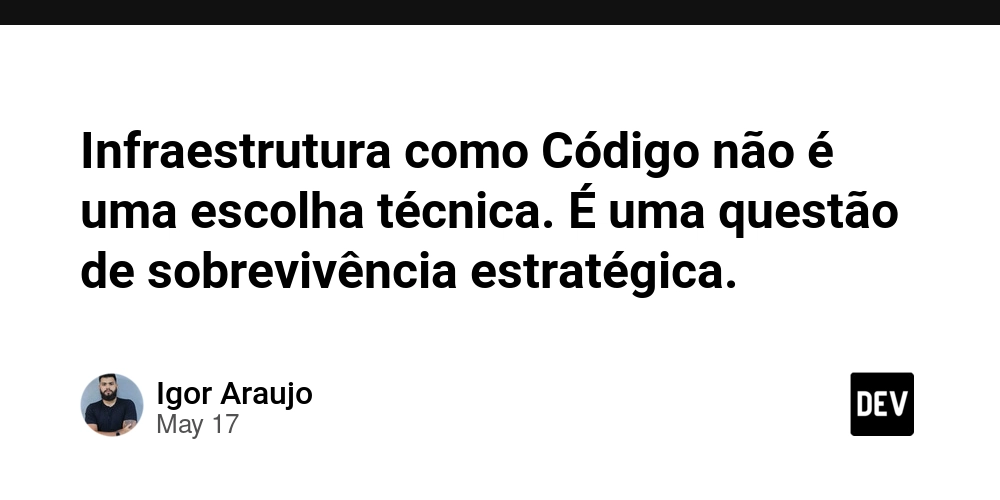










![[FREE EBOOKS] Modern Generative AI with ChatGPT and OpenAI Models, Offensive Security Using Python & Four More Best Selling Titles](https://www.javacodegeeks.com/wp-content/uploads/2012/12/jcg-logo.jpg)




![How to make Developer Friends When You Don't Live in Silicon Valley, with Iraqi Engineer Code;Life [Podcast #172]](https://cdn.hashnode.com/res/hashnode/image/upload/v1747360508340/f07040cd-3eeb-443c-b4fb-370f6a4a14da.png?#)











































































































































![[Virtual Event] Strategic Security for the Modern Enterprise](https://eu-images.contentstack.com/v3/assets/blt6d90778a997de1cd/blt55e4e7e277520090/653a745a0e92cc040a3e9d7e/Dark_Reading_Logo_VirtualEvent_4C.png?width=1280&auto=webp&quality=80&disable=upscale#)












































































-xl-(1)-xl-xl.jpg)











![Upgrade your CarPlay experience in 2025 with Ottocast NanoAI and Mini Wireless [20% off]](https://i0.wp.com/9to5mac.com/wp-content/uploads/sites/6/2025/05/nano-ai-banner-pc.jpg?resize=1200%2C628&quality=82&strip=all&ssl=1)














![iPhone 17 Air Could Get a Boost From TDK's New Silicon Battery Tech [Report]](https://www.iclarified.com/images/news/97344/97344/97344-640.jpg)
![Vision Pro Owners Say They Regret $3,500 Purchase [WSJ]](https://www.iclarified.com/images/news/97347/97347/97347-640.jpg)
![Apple Showcases 'Magnifier on Mac' and 'Music Haptics' Accessibility Features [Video]](https://www.iclarified.com/images/news/97343/97343/97343-640.jpg)
![Sony WH-1000XM6 Unveiled With Smarter Noise Canceling and Studio-Tuned Sound [Video]](https://www.iclarified.com/images/news/97341/97341/97341-640.jpg)


















































